Pukka Bundook
54 Cal.
Very tidy Dave, Very tidy!
Not overdone either. very Nice!
Not overdone either. very Nice!

Dave Person said:Hi Gus and Frank,
Gus, the demon head is actually a satyr. If you look at wrist plate, you also see a satyr head looking at a bunch of grapes on the vine. They were party hardy animals and symbols of excess. Very popular with the wealthy sportsman of the day.
dave
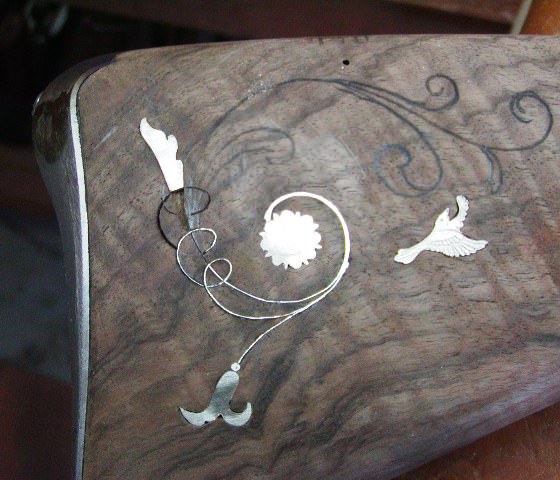
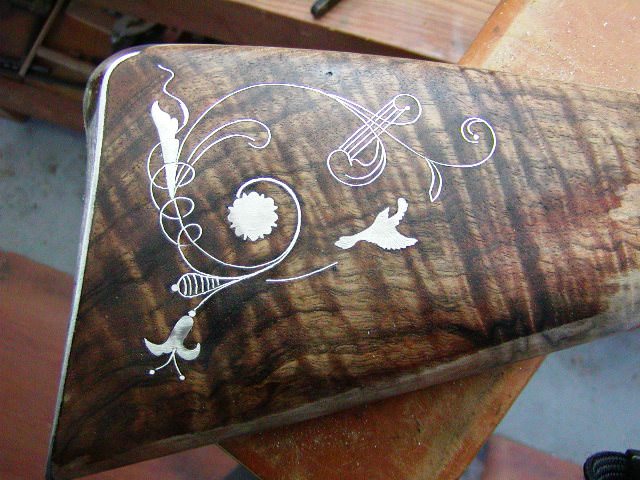
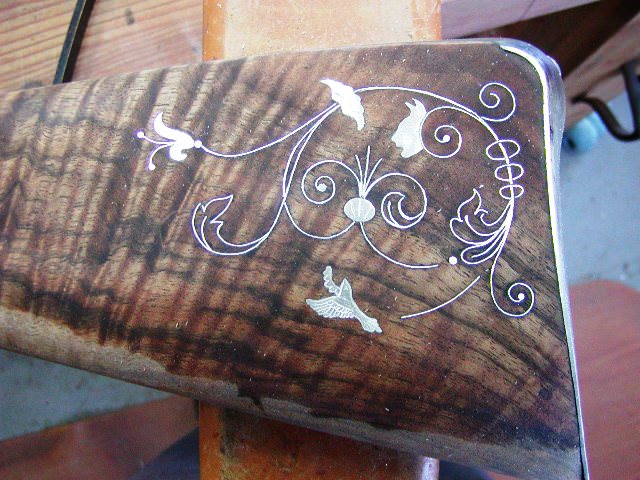
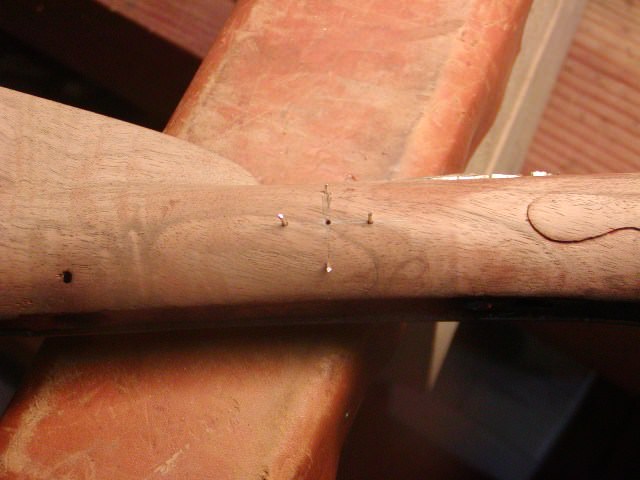
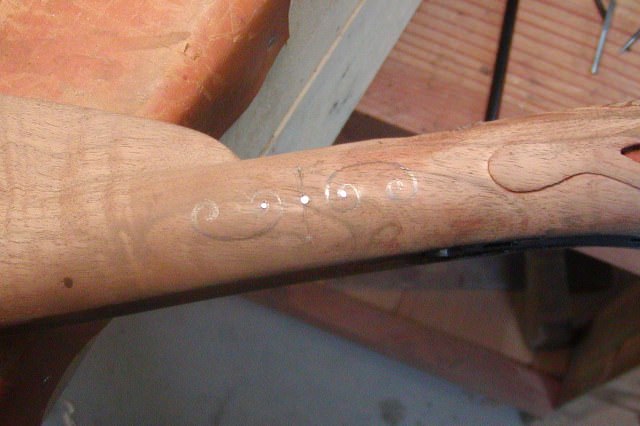
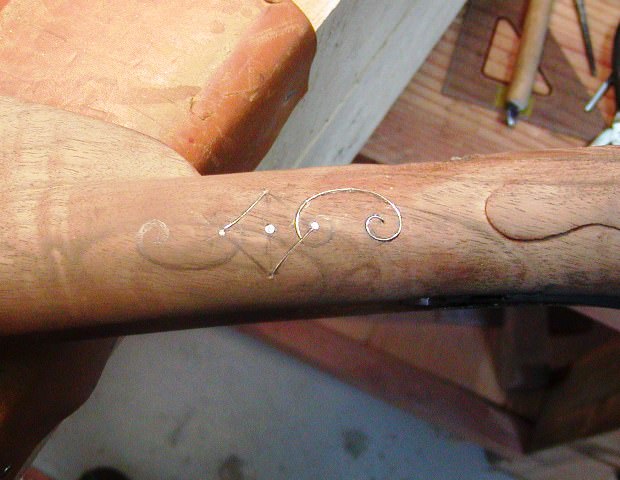
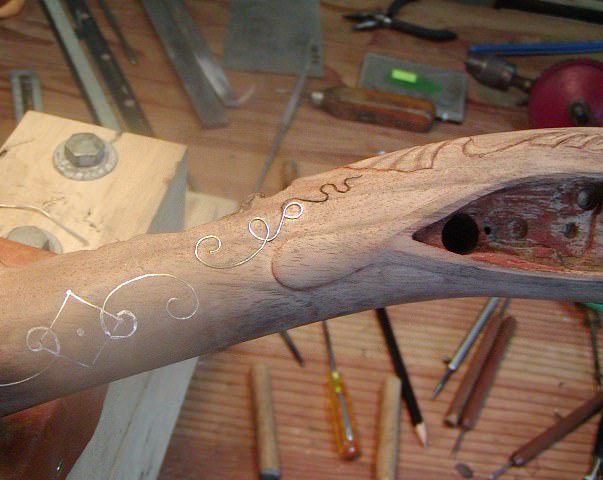
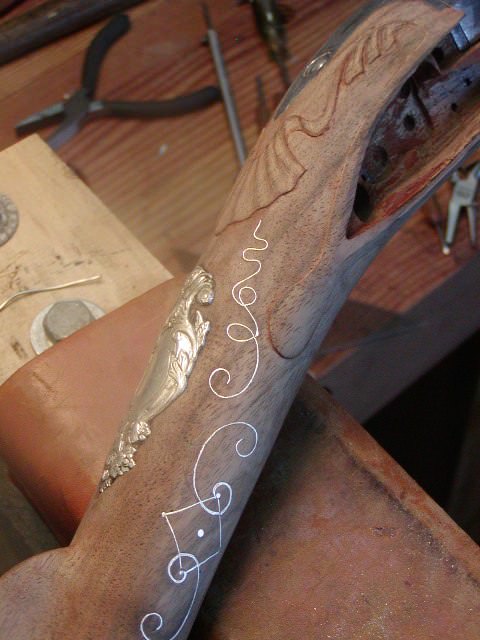
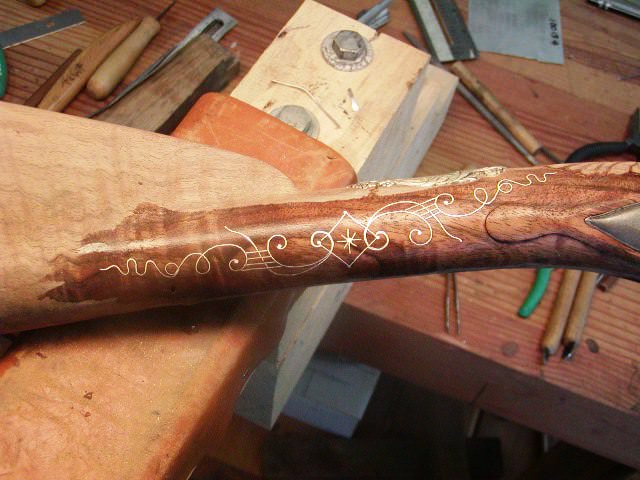
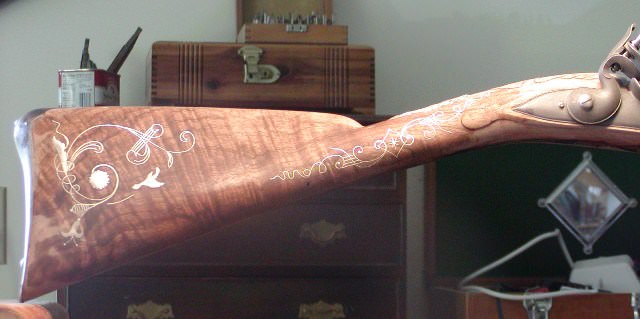
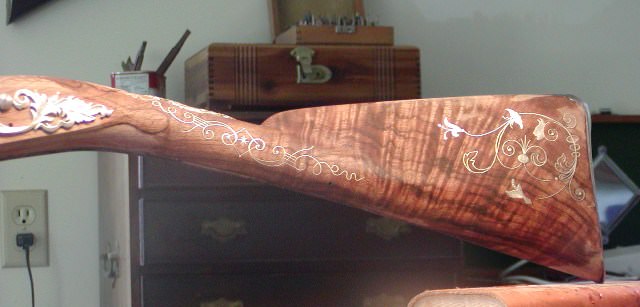
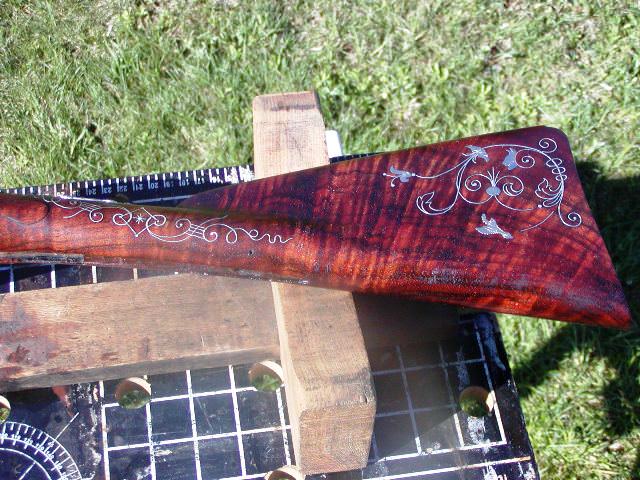
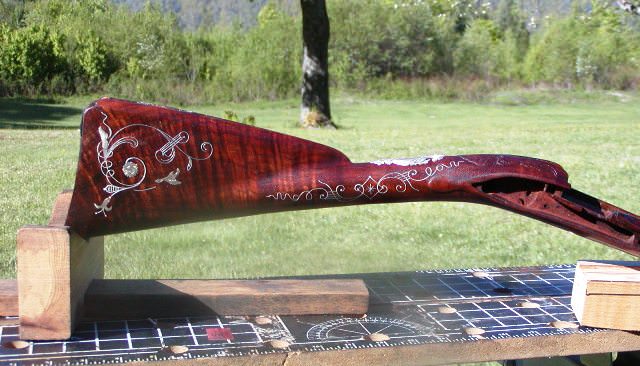
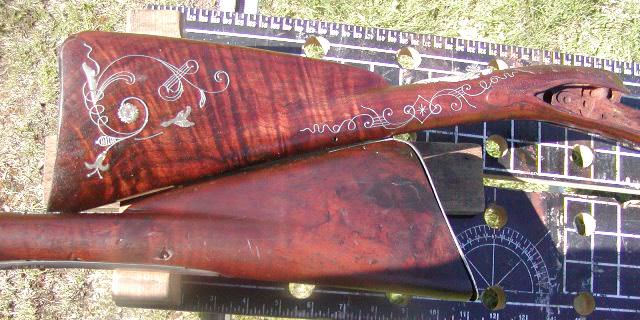
Dave Person said:Thanks guys,
Frank, the wire is inspired by motifs used by British gunmakers during 1730-1770 or so but the designs are all my own to fit my own objectives.
dave
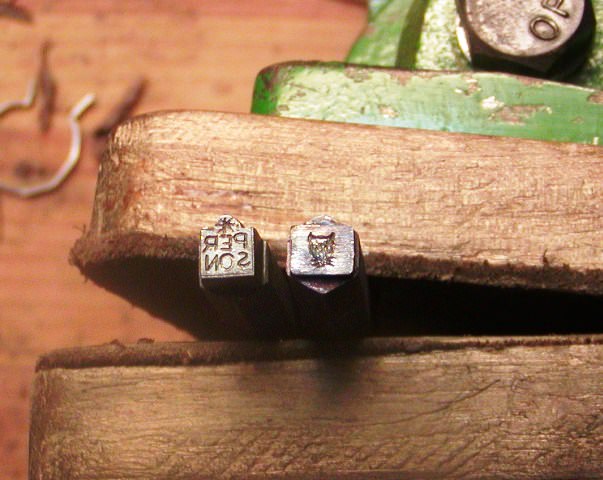
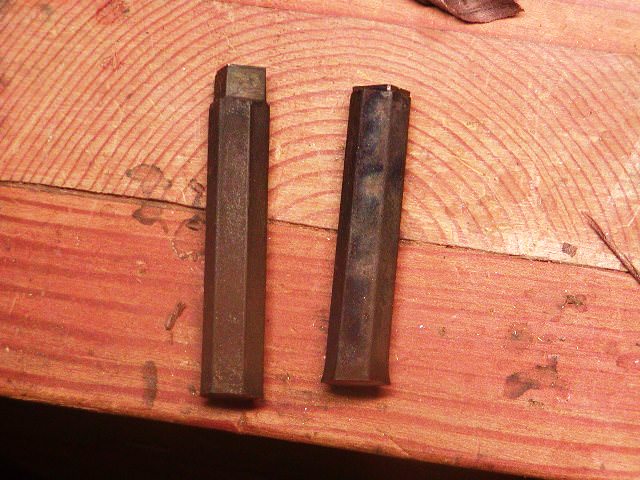
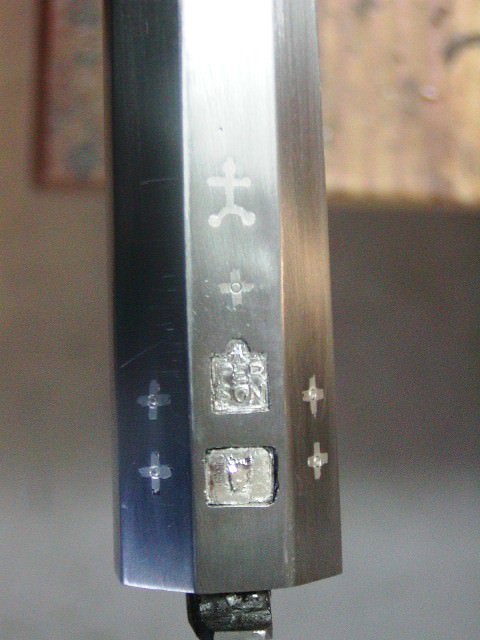
Enter your email address to join: